Two key things about machining that have a major effect on the success of a cutting process are feed rate and cutting speed. They are important in providing high-quality finishes, longer life of tools, and increasing the chance of efficient machining. Both of them are important first of all because they influence the machining process as well as material properties and operational aspect of the CNC machine. In this article, we discuss how cutting parameters such as feed rate and cutting speed and feed influences machining results, their relationship and factors that contribute to successful cutting processes.
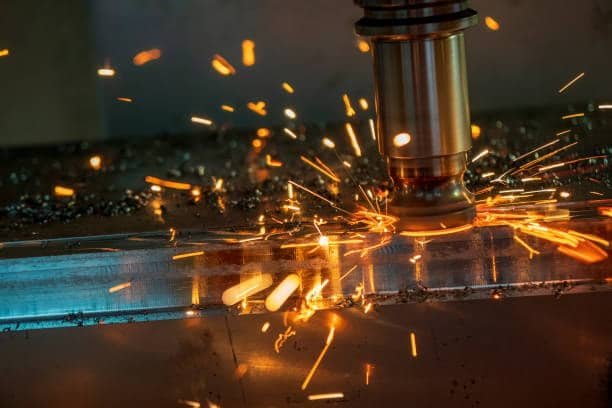
What makes them important is that they affect the way the cutting tool engages with the material directly. These parameters have a direct link to tool chatter, cutting temperature, heat, cutting force solid particles in the metal, the texture of the metal, and how accurately the parts are made. Besides, both feed rate and cutting speed can increase the stress on the tool and the part, which in turn affects the stability of the whole machining process.
We will look into how feed rate and cutting speed affect machining results, discuss the link between the two, and introduce the factors such as the material used, tool shape, machining capabilities, and cooling that play a part in a successful and efficient cut.
What is Feed Rate?
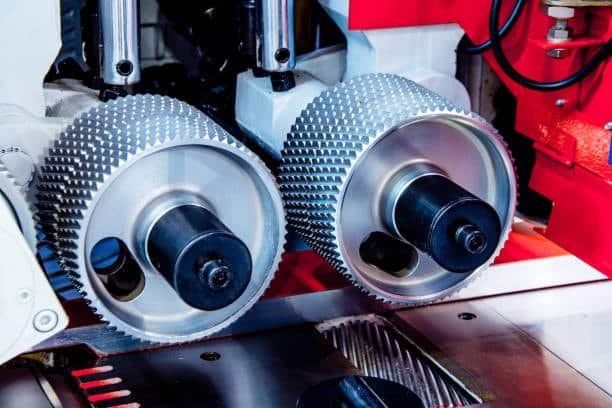
Feed rate refers to how fast the cutting tool moves across the surface of the workpiece when machine operation is in effect. To put it simply, it is the linear speed with which the tool cuts on the material it machines. As a rule feed rates are expressed by means of units in mm/min or in/min, depending on the selected measurement system.
The material removal rate (MRR), a measure of the amount of material removed with time is determined by the feed rate. Even though an increased feed rate leads to increased removal rate of material, it may reduce surface finish and shorten tool life. Another option is when using a low feed rate may benefit surface quality while helping to prevent excessive tool wear at the expense of overall productivity.
The desirable optimal feed rate depends on material type, the nature of the tool material, and what is wanted out of the operation.
What is Cutting Speed?
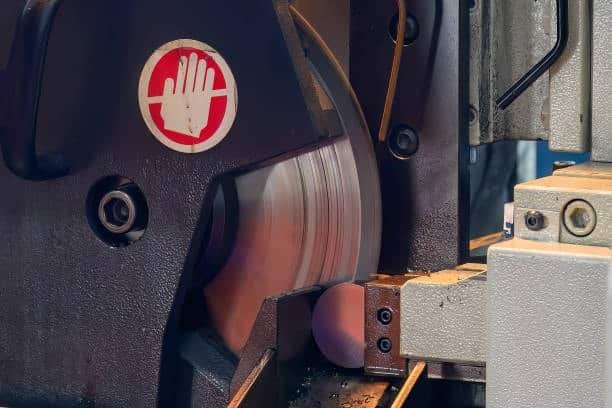
Surface speed that is also known as cutting velocity or cutting speed refers to the rate with which its tool interacts with the surface of the workpiece in the machining process. Units of measurement include meters per minute (m/min) or feet per minute (ft/min). To calculate the cutting speed you multiply the diameter of the tool with the number of the revolutions per minute the tool is being made.
The cutting speed affects both a performance of the machining process and longevity of the tool. Raising of the cutting speed over the optimal level may lead to heat generation at a rapid rate and hence negatively affect the expected tool life, causing tool wear or accelerated wear. On the other hand, a prismally low cutting speed may lead to slow removal of workpiece material and longer periods for machine cuts.
It is determined by the optimal cutting speed of any particular material, kind of tool and becoming specifications.
Relationship Between Feed Rate and Cutting Speed
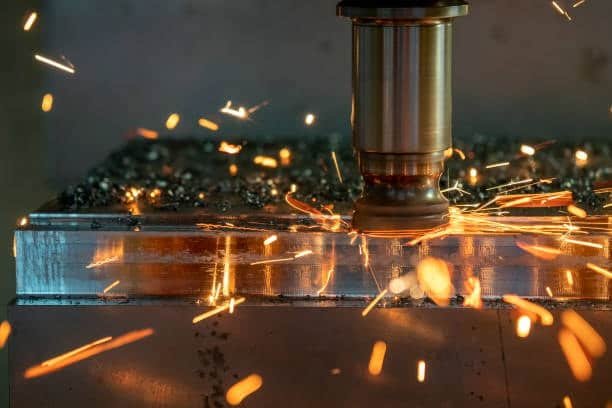
Feed rate and cutting speed are related variables that must be harmonized so that optimum machining can be achieved. As cutting speed and feed rate together decide heat generation and cutting force experienced by the tool, their harmony is important in maximising output and tool durability.
1. Feed Rate and Cutting Speed in Milling
During milling, the cutting speed will involve combination of tool diameter and RPM while feed is the distance that the tool will travel for a single rotation. Keeping the right proportions of chip load settings, along with the optimal speed and feed rate, will protect the tool against overloading and prevent exposure to radical thermal conditions. When run at a feed rate that is too high for the suitable cutting speed, the tool will wear out more easily, and setting the rate at a very low level may result in decreased removal of the material.
Together, cutting speed and feed rate control both the finish and accuracy of the final product. A properly balanced tool will slide smoothly through the material, giving you clean, even result without too much shaking. This is especially important in precision machining, since even little mistakes can make the part unsafe to use or not strong enough. Additionally, keeping your tools in good cutting conditions helps avoid problems with heat and prevents expansion or warping in the tool and the workpiece. Thus, making these parameters right is very important for achieving the desired surface finish, ensuring a tool lives a long time and for getting the best from your machine.
2. Feed Rate and Cutting Speed in Turning
In connection with the turning, the cutting speed depends also upon the RPM of the part, as well as the RPM or rotational speed of the part, as well as length of the material to be turned. In turning, feed rate is measured as the amount of material the tool reaches while a workpiece is rotated, taking into account the optimal cutting speed . It is essential when doing turning processes to synchronize the materials cut rate and the cutting speed so as to facilitate proper removal of material along with extending the tool life as well as managing the temperature elevation of the work piece.
In turning operations, it’s really important to set the right mix of cutting speed and feed rate, because the cutting tool and the spinning piece of metal keep touching each other all the time. If the cutting speed is too high and the feed rate doesn’t match, the tools might get too hot, which can cause them to bend or twist, or make the parts come out the wrong size. On the other hand, if the cutting speed isn’t fast enough, but we take big cuts in the material, it can lead to rough edges, damaged tools, or even shaking in the machine. By matching up the speed at which the cut happens with how fast the tool is moved based on what material we’re using, how the tool is shaped, and what kind of machine we’re using, operators can make sure the cut goes more smoothly, work faster, and keep both the tool and the part strong.
Factors Affecting Feed Rate and Cutting Speed

The selection of adequate feed rate and cutting speed is a number of factors that come into play when selecting the adequate feed rate and cutting speed to determine feed rate for example;
1. Material Properties
Such properties as hardness, toughness and feedability of the material which is used to be processed are very important in selecting the proper feed rate and cutting speed. Reduced cutting speeds are a preference when dealing with harder materials as to avoid excessive tool wear and premature tool wear, whereas softer materials can often tolerate higher cutting speeds and feed rates.
Moreover, there are individual behaviors of every material when being cut, so it is important to match the machining with each material’s properties. To put it another way, resistant materials may call for low feed rates to avoid bowing the tool, while more flexible materials make it possible to raise the feed rate without lowering the precision. The ability of the material to conduct heat is also part of the overall process. Machining these materials must be done slowly to keep them from overheating in certain areas and getting damaged. A good knowledge of temperature and tool life, hardness, toughness, and feedability allows machinists to set the most effective cutting speed and feed rate to ensure both quality and safety of the process.
2. Tool Material
How robust the cutting tool can be with regards to wear and heat depends partly on composition. Whereas high speed steel (HSS) tools normally perform better in lower cutting speeds, carbide or even ceramic tools are capable of higher speeds because they have a better resistance to heat and they retain their hardness.
In addition, selecting the right material for tools plays a big role in how efficient and enduring the process will be. While HSS tools are cheaper to buy and sharpen, they work best for slow cutting speeds since they do not manage high temperatures well. On the other side, carbide tools are more resistant to heat and wear, so they continue to cut well when used at high temperatures and fast speeds in high-production workplaces. Ceramic tools are very effective in applications where things happen extremely fast, especially while cutting tough or rough surfaces. It is important to choose the proper tool material depending on the machining conditions to keep the process stable, cut down on tool replacement, and produce good cutting results.
3. Machine Type and Rigidity
The machine’s performance and rigidity influences key feed rate and cutting speed. The potential for cutting at faster speeds and higher feed rates is increased based on the machine tool capability on machines containing robust spindles and sophisticated coolant technology but less stiff machines typically have to run with more temperate parameters.
The structure and technological setup of a machine tool affect the intensity of its operation. A machine with a sturdy frame and strong spindle can take more cutting forces, so you can use higher feeds and speeds with no loss of accuracy or additional vibration. Using precision ball screws, servo motors, and improved coolant systems ensures better heat management and makes it possible to quickly eliminate chips and enable smooth cutting. Still, machines with flexible frames or worn-out parts may perform their best with dialed-down settings to prevent chatter, tool deflection, and early wear. Thus, it is necessary to match the speed of the tool bit and the position of the workpiece to the potential of the machine for better and durable performance.
4. Cutting Fluid
The cutting fluids, such as the coolants and lubricants have a critical role in determining how the cutting tool advances, recommended cutting speed and feed. Good lubrication by the use of cutting fluids reduces the production of heat and friction, hence enabling high speeds and feed rates in machining operations without harming tool life or part integrity, and preventing tool breakage .
In addition, cutting fluid helps keep the part the right shape and smooth by cooling the metal, stopping it from sticking to the tool, and making sure the depth of the cut stays consistent. They help get rid of small chips that could get stuck near the cut, which stops pieces of metal from being cut again and stops the tools from breaking. Effective cooling makes it less likely that the workpiece will bend or twist as it is cut because the temperature stays more even throughout. Depending on the material and operation, picking the right cutting fluid, like water-soluble coolant, oil-based lubricant, or synthetic fluid, really makes a big difference in how well the cutting works. Ultimately, using the right cutting fluids makes machining simpler and faster, letting you work through jobs more easily and keep your tools and parts in good shape.
Importance of Correct Feed Rate and Cutting Speed Selection
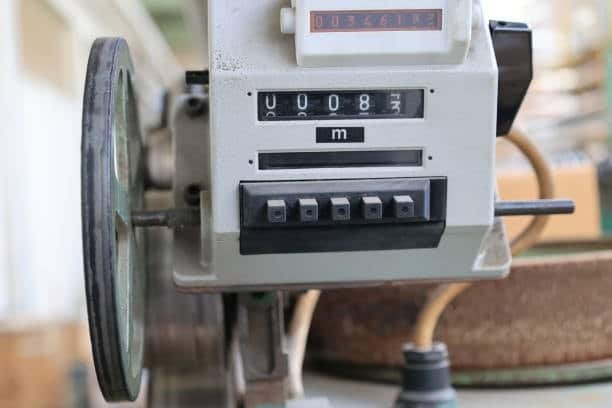
Acceptable use of feed rate and cutting speed is central to producing the best result in machining operations. The choice of the feed rate and cutting speed may enhance output and improving surface appearance while also reducing power consumption and assist in maintaining the tools for a longer period. Doing the opposite, wrong tooling parameters, can reduce tool life span, the quality of material, and the effectiveness of processing. Learn about the variables that affect feed rate and cutting speed, create the field where manufacturers can make good decisions and obtain the best machining outcomes.
Proper choice of how quickly to feed the cutting tool and how fast to move the piece being cut is important for getting the best outcomes when making something on a machine. When these things are used in the right way, they can help people make more parts faster, give a smoother surface, and keep the cutting tools in good shape for longer, which saves on expenses and lost work time. Conversely, if you choose the wrong cutting speeds or feed rate, your tools can wear out too quickly, your parts might not turn out well, and it takes longer for things to get done, all of which make it harder for the factory to run smoothly. By understanding things like what materials are being used, the tools that are needed, the machines that will be used, and how the parts will be cooled, manufacturers can choose moves that help them work faster, more accurately, reduce machining time and get better results on every job.
Optimizing Feed Rate and Cutting Speed for Different Materials
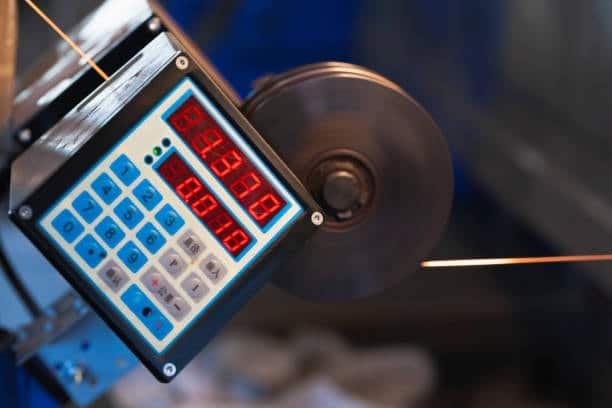
The feed rate and cutting speed requirements are very different on different materials. The following represents basic guidelines to selecting the optimal feed rate and suitable values to use for these parameters on a given material:
1. Metals
- Steel: A suitable cutting speed is moderate and feed rate is dependent on the grade of steel involved. Lowers cutting speeds are required for high-carbon steels to reduce heat production.
- Aluminum: Since it is easy and can be easily machined due to its low melting point and soft nature, aluminum can be machined at more feed rate and higher speeds than most of the metals. Speed optimization is best with this kind of material.
- Titanium: Due to titanium hardness and its proclivity to work harden, machining it requires slower cutting speeds and a moderate feed rate approach.
2. Plastics
In most cases plastics require lower cutting speeds than those needed in cutting metals but the feed rate might vary depending on the given plastic material type. Thermoplastics can be machined at higher speeds, but thermosets such as its epoxy counterpart may require speed to be lowered for temperature and tool life risks to be reduced.
3. Composites
Feed rate and cutting speed optimization are essential when machinating such composites as carbon fiber. Because these materials speed up tool wear, the use of lower speeds and feeds is widely regarded as the best practice to protect the tools and produce a high-quality finish.
Conclusion
The feeding rate of materials through the cutting tool and the spin of the tool (cutting speed) is a very important consideration in machining that talks about rate of removal of material, quality of the surface finish and how long cutting tools last. This is critical to radially tune these parameters accordingly for different materials and processes to achieve the best quality results. Knowing how feed rate and cutting speed complement each other enables manufacturers to produce efficient and quality machining results that improve machining time, productivity, and cost saving at the expense of tool life.
How quickly the machine feeds in materials (feed rate) and the rate at which the cutter rotates (cutting speed) have a big impact on the removal of materials, the look of the piece, and the tool’s expected life. Setting the parameters right are important as they help gain the best outcome for different materials and their manufacturing processes. By knowing how feed rate and cutting speed are connected, companies can achieve the needed level of quality and faster operations while enhancing tool longevity, making sure the used tools stay in good shape, resulting in lower costs.


